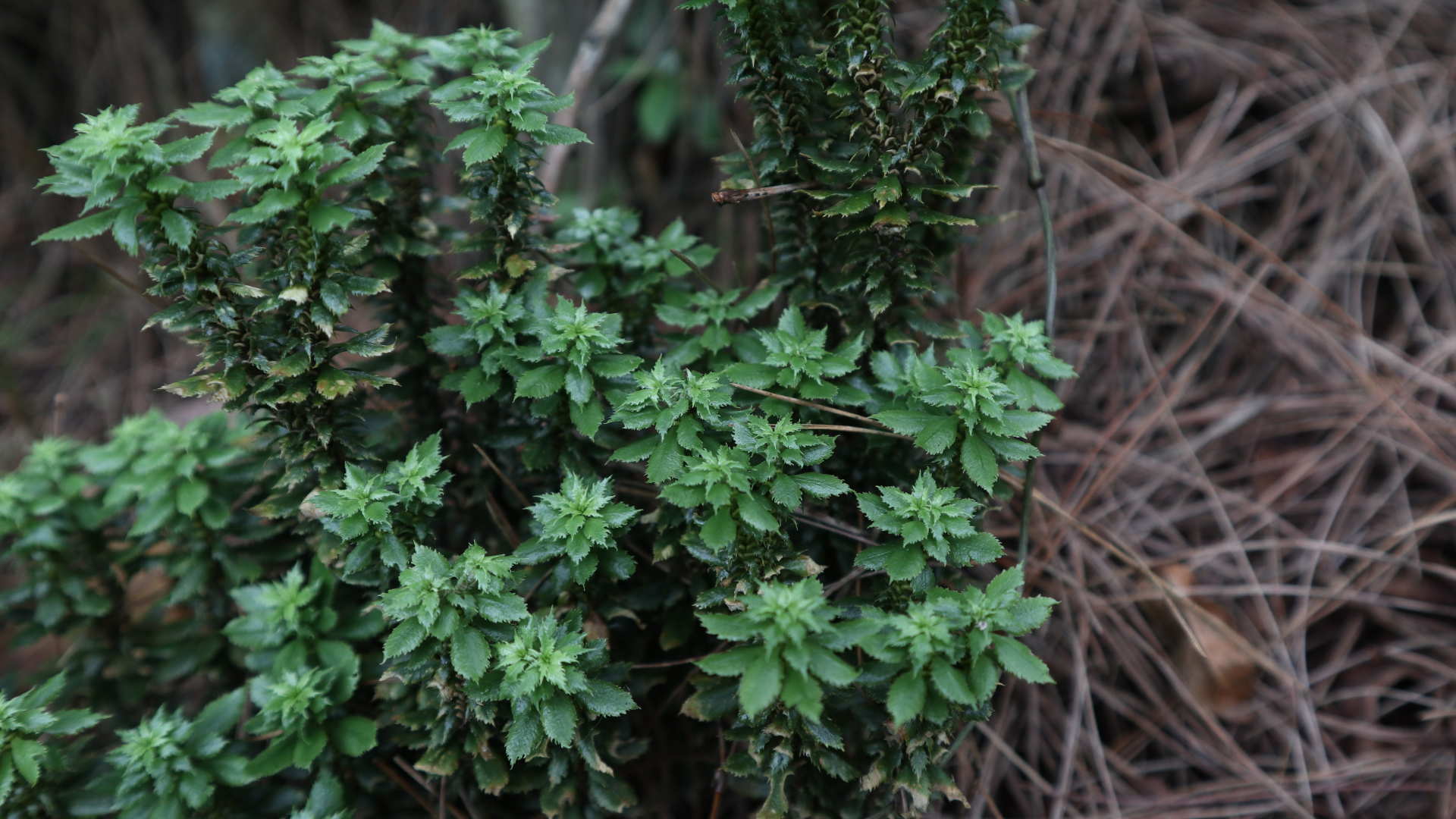New Species of Firmoss Found, Could Potentially Treat Alzheimer's
Scientists at the Xishuangbanna Tropical Botanical Garden (XTBG), part of the Chinese Academy of Sciences (CAS), have identified a new species of fir moss in southwest China. An extract from this moss has been shown to effectively treat Alzheimer's disease.

The species, named Huperzia crassifolia, was identified during a medicinal plant inventory in Guizhou Province, as noted in a press release from CAS.
Liu Hongmei, an associate researcher at XTBG, mentioned that the genus Huperzia, commonly referred to as firmoss, consists of approximately 25 species and mainly flourishes in temperate and boreal climates.
Huperzia crassifolia, the newly discovered firmoss, is a terrestrial species. While it shares a general morphology with other Huperzia species, it is easily distinguishable due to its thicker texture and round-lanceolate pinnae, Liu explained on Monday.
According to Liu, Huperzine A, a compound found in firmoss plants, has proven to be highly effective in treating Alzheimer's disease.
Currently, Huperzia crassifolia is known to exist only in Guizhou, Hubei, Hunan, and Chongqing in China. It generally thrives in humus-rich soils within broadleaf forests at altitudes ranging from 1,100 to 1,900 meters above sea level, with very small populations present at each location.
Liu expressed concern about potential over-collection: "If people know its medicinal value, Huperzia crassifolia may be in danger of being over-collected. We tentatively propose its conservation status as Endangered according to the International Union for Conservation of Nature categories and criteria."
The research findings have been published in the scientific journal PhytoKeys.
Allen M Lee contributed to this report for TROIB News
Discover more Science and Technology news updates in TROIB Sci-Tech












